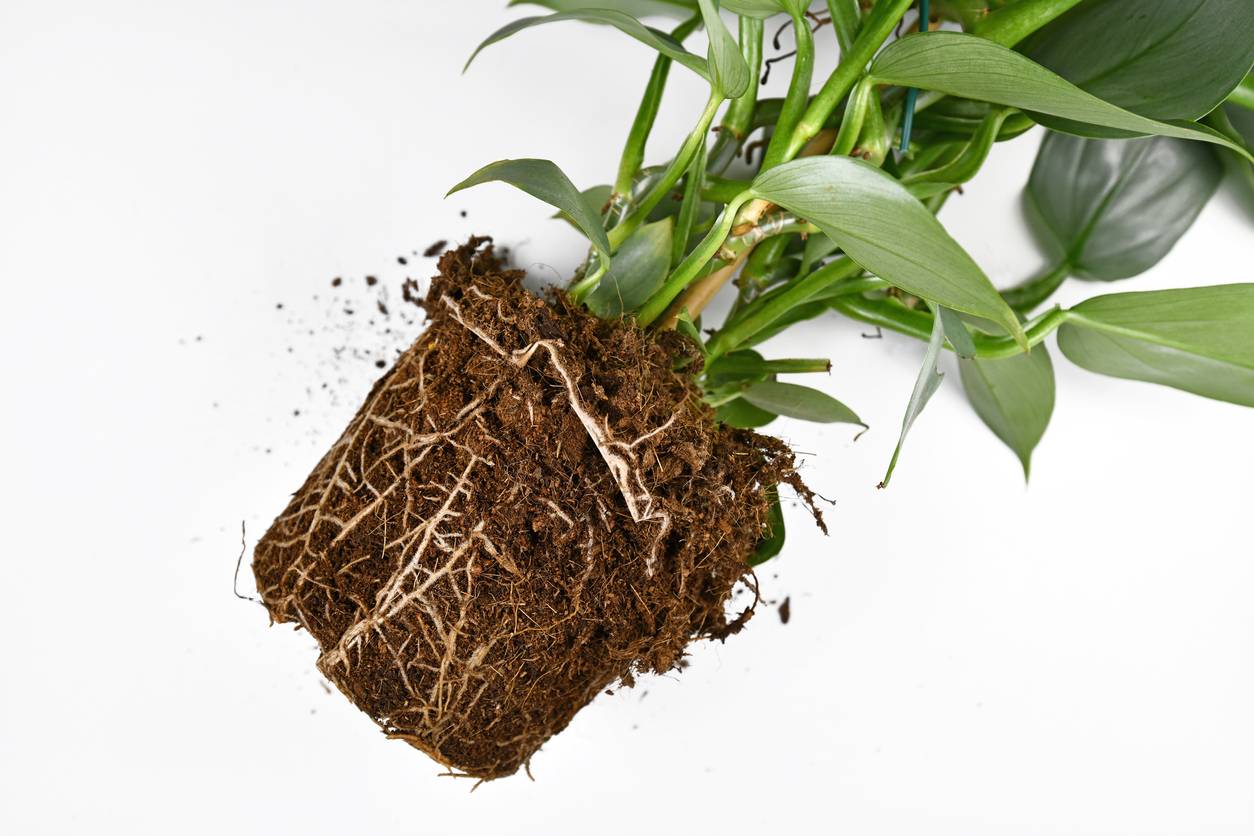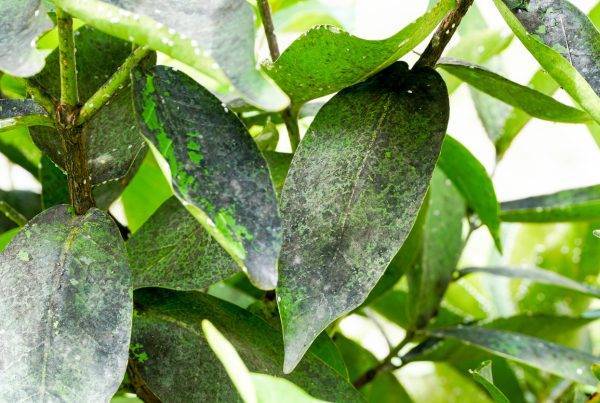Root Rot is a fairly common problem. Here we will look at everything you need to know about the dreaded root rot!
| What is Root Rot | Symptoms | How to Treat | Prevention |
What is Root Rot
When a plant is overwatered over a prolonged period of time, the roots begin to decay. The roots suffocate due to lack of oxygen.
Root rot can also be fungal. Caused by different species of fungi that thrive in soggy conditions. The spores can be dormant in the soil for a long time, coming to life once conditions are met. It is likely fungal if you have not serially overwatered your plant and have just had a couple of mishaps!
Root rot is generally brought on by overwatering, soil mixes that are not well draining, pots with no drainage, over potting.
Symptoms
Above the Soil Line
Root rot has often got a hold of your plant by the time symptoms start to show on the foliage. A lot of yellowing leaves, brown spots or patches these are generally soft to touch(not dried and crispy) and have a black ish appearance
Below the Soil Line
Wet and soggy soil. Dark brown/black and mushy roots that fall away easily when touched.
If you suspect Root Rot
Check your soil. Remove your plant from its pot to properly inspect the root system.
Soil should feel moist to the touch and if it is wet despite letting it drain, then there may not be enough drainage, the soil or the pot could be the culprit here.
Treatment for Root Rot
Untreated Root rot will kill your plant. The most effective way to treat root rot is to repot. There are a few extra steps when repotting a plant with root rot.
Repot
- Remove plant from its pot
- Remove all of the soil. Running the roots under water can help to free up any stubborn bits.
- With a sterilized pruning shears or gardening scissors prune away all black and mushy roots, leaving only healthy roots. (Don’t forget to sterilize your tools after use too!)
- Mix hydrogen peroxide/bleach in a spray bottle with water and spray down the roots until they are dripping with the solution
- If repotting into same pot, disinfect the pot.
- Pot up the plant using a fresh soil mix (consider a well draining mix and drainage holes)
- Water lightly
Where the plant is badly affected, prune away up to 1/2 of the foliage to give the plant the best chance. You can also propagate pruned foliage….just incase!
Though repotting is the most effective option, a Soil drench can also work, using hydrogen peroxide/bleach mixed with water, water your plant. Ensure adequate drainage and allow soil to dry out. This works best when caught early.
*Note if soil is left to dry out but rot is not treated it can still continue to spread
Prevention
Always check the soil before watering. You can do this using a water meter or by sticking your finger into the soil. Allow soil to dry out on top before watering.
Use pots with drainage holes. This prevents plants from sitting in water, always remove excess water from saucer after watering.
Use well draining soil mixes. Easily make your own by adding perlite to potting mixes
Don’t overpot your plant. Find out more about over potting here
Happy Gardening!





